Through the tenacity of Congress and the patriotic resolve of Citizens
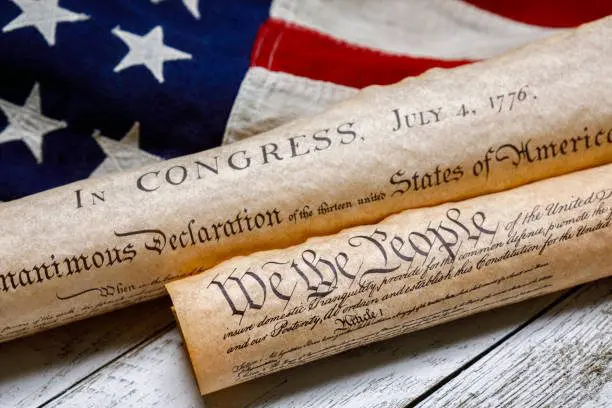
After almost 250 years, some of our country’s most cherished founding documents remain – preserved and protected by bulletproof glass, controlled lighting, humidity, and temperature as well as multiple security systems. Our National Archives Museum in Washington, DC houses the original copies of the Constitution, the Bill of Rights, and the revered Declaration of Independence. They remain safe today, but it took a great deal of effort by some patriotic citizens to safeguard these documents through the centuries. Today we look at the remarkable journey of the Declaration of Independence.
The Second Continental Congress met in Philadelphia, Pennsylvania in the summer of 1776. It was during this time that a vote was taken to adopt the wording of a document authored by a committee of Members of Congress, including Benjamin Franklin, John Adams, Thomas Jefferson, and others. The document listed a host of grievances about the “present” King of Great Britain and absolved the United Colonies of all allegiance to the British crown. The manuscript of this Declaration of Independence was rushed to printer John Dunlap who printed an estimated 200 poster-sized copies overnight. These copies, bearing only the names of John Hancock and Charles Thompson were distributed among the thirteen colonies and were widely reprinted in newspapers throughout the colonies.
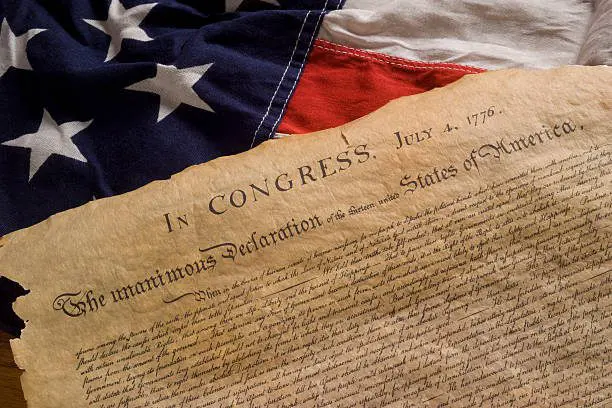
On July 19th, Congress ordered that the Declaration be engrossed on parchment and be signed by every member of Congress. The task was completed and the parchment was delivered to Congress for signatures on August 2. As the threat of war with Britain grew, the Continental Congress left Philadelphia and evacuated to Baltimore, taking the Declaration parchment with them in December of 1776. Congress would subsequently move back to Philadelphia, then on to Lancaster, Pennsylvania; York, Pennsylvania; back to Philadelphia then to Princeton, New Jersey before more moves to Annapolis, Maryland, Trenton, New Jersey, and then to New York. Each time the parchment was transported with the Congress and kept protected.
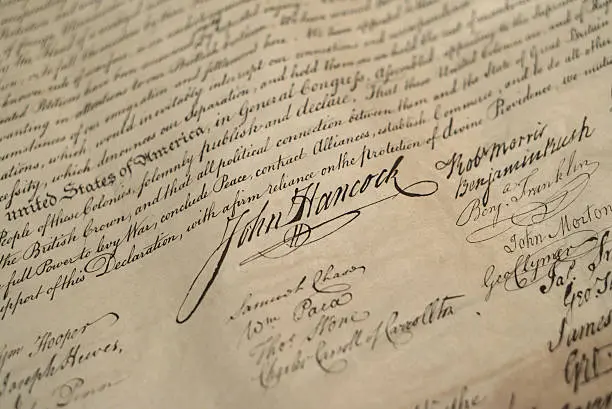
After the end of the Revolutionary War, the Declaration was returned to Philadelphia where it remained from 1790 to 1800, when it was taken to Washington, D.C., the newly built capital.
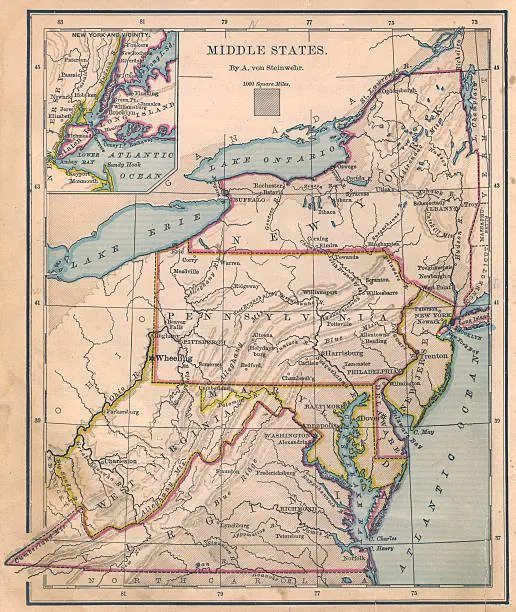
The document came to be in the custody of the State Department where it was housed in an assortment of buildings until the period of the War of 1812, when the British soldiers marched on Washington, D.C. State Department clerk, Stephen Pleasonton, acting against the advice of the secretary of war, stuffed the Declaration and other important documents into linen bags and escorted the precious cargo to Leesburg, Virginia. They remained there, in a private residence, until the British threat subsided and then the documents were returned to Washington.
The ”signed parchment” declaration again bounced around various D.C. buildings, most notably the old Patent Office (now the National Portrait Gallery), where it was exposed to “high light levels and extreme temperature and humidity fluctuations,” says Amy Lubick, senior conservator at the National Archives.
For a few months in 1876, the declaration was exhibited at Independence Hall in Philadelphia as part of the Centennial Exposition, then fortuitously moved to the State Department library in D.C. just months prior to a fire that ripped through the Patent Office.
Though considered flameproof, the declaration’s new living quarters contained an open fireplace and allowed for smoking, according to the National Archives. By this time, the document was really showing its age, with one writer calling it “old and yellow.” “All of the movements and attempts to display it over the decades took a significant toll on the ink.”
Over concern about the condition of the document, the State Department removed the Declaration of Independence from public view and sealed it away in a steel safe. It returned to public display in the 1920s after being transferred to the Library of Congress.
In December 1941, just days after the Japanese attack on Pearl Harbor, the declaration was rushed by train to Fort Knox in Kentucky, where it stayed until 1944. While there, two Harvard-affiliated conservators initiated the first documented attempt to mend it. Additional restoration work would take place in 2003.
Back at the Library of Congress, much effort went into protecting the declaration from light and air pollution. Yet humidity remained a problem, and protein-eating beetles were found in the vicinity. So, in 1952, under military escort, the Declaration of Independence, the Constitution, and the Bill of Rights were moved to their current home at the National Archives.
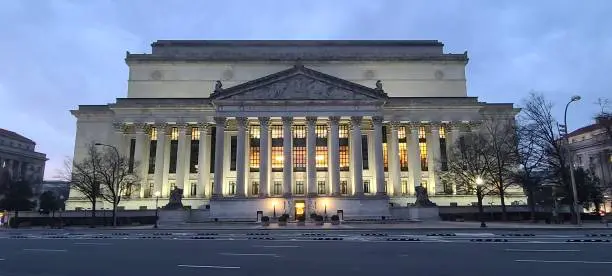
“We are enshrining these documents for future ages,” President Harry S. Truman said at the time. “This magnificent hall has been constructed to exhibit them, and the vault beneath, that we have built to protect them, is as safe from destruction as anything that the wit of modern man can devise.”
The journey of the parchment inscribed with the words that destined America’s future was not just about good luck, it was also about the patriots who were devoted to the ideas expressed on the parchment.

Welcome to 3-Minutes A Day University, where every day you can learn a little about a lot of things in three minutes or less. We help you expand your knowledge and understanding of the real world and 3-MAD University is tuition-free. Our wide-ranging syllabus includes fascinating insight into topics including Health and Medicine, Science, Sports, Geography, History, Culinary Arts, Finance and the Economy, Music and Entertainment, and dozens more. You will impress yourself, your friends and your family with how easy it is to learn facts and perspectives about the world around you. One topic you will never find covered is politics. We hope you enjoyed the previous three minutes.
Was this email forwarded to you? Subscribe Here.
© Copyright 2024. 3-Minutes A Day University All Rights Reserved

